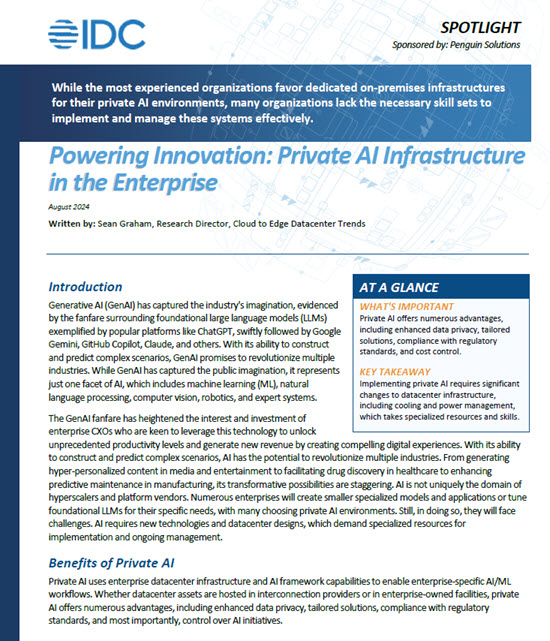
The naturally-occurring compound IP6 (red) facilitates the formation and assembly of HIV-1 structural proteins, results from XSEDE Stampede2 and Anton2 systems show. Image courtesy of Perilla et al.
Researchers are using TACC supercomputers in the fight against HIV. In a new study published in Nature, a team led by Cornell researcher found the naturally-occurring compound IP6 promotes both assembly and maturation of HIV-1.
We discovered, in collaboration with other researchers, that HIV uses this small molecule to complete its function,” said Juan R. Perilla, Department of Chemistry and Biochemistry, University of Delaware. “This is a molecule that’s extremely available in human cells and in other mammalian cells. HIV has evolved to make use of these small molecules present in our cells to essentially be infectious.” Perilla co-authored the study in the journal Nature in August 2018.
Perilla ran simulations of inositol phosphate interactions with HIV structural proteins CA-CTD-SP1 using NAMD through allocations on XSEDE, the Extreme Science and Engineering Environment, funded by the National Science Foundation (NSF).
XSEDE provides a unique framework which allows us to use computational resources that are tailored to the needs of a particular scientific problem. In addition, we benefit from the HPC training opportunities provided by XSEDE which allows us to develop novel analysis tools,” Perilla said.
The allocation included time on the Anton2 system of the Pittsburgh Supercomputing Center to run atomistic simulations of bound IP6. “Anton2 enabled us to perform long-scale simulations to test the stability of the immature capsid assembly‘ and IP6,” Perilla said.

Juan Perilla, Department of Chemistry and Biochemistry, University of Delaware.
“I think Stampede2 is a great machine, and it’s extremely beneficial to the scientific community to have a resource like that available on a merit-based system. What I would like the public to know is that it’s important that these large-scale machines are available. They are not just a replacement of a small cluster. These machines really enable new science. If you didn’t have machines of this scale, you couldn’t do the kind of science that we do because our problems are larger than what you can have on a campus cluster. We really need to have the scale of these machines available to the scientific community to enable the kind of science that we do,” Perilla said.
Perilla described the increasing use of the ‘computational microscope,’ the combination of supercomputers with laboratory data. “With the computational microscope, you can see how things move. Many experimental techniques are just a snapshot. With the computational microscope, you can actually see how things are moving,” he said.
Supercomputer modeling of how building blocks of HIV-1 move in time made a difference in this study. “That discovery opens a door for development of new treatments. It’s a therapeutic target. Because of that, it makes it very appealing for drug development and therapeutic development,” Perilla said.



